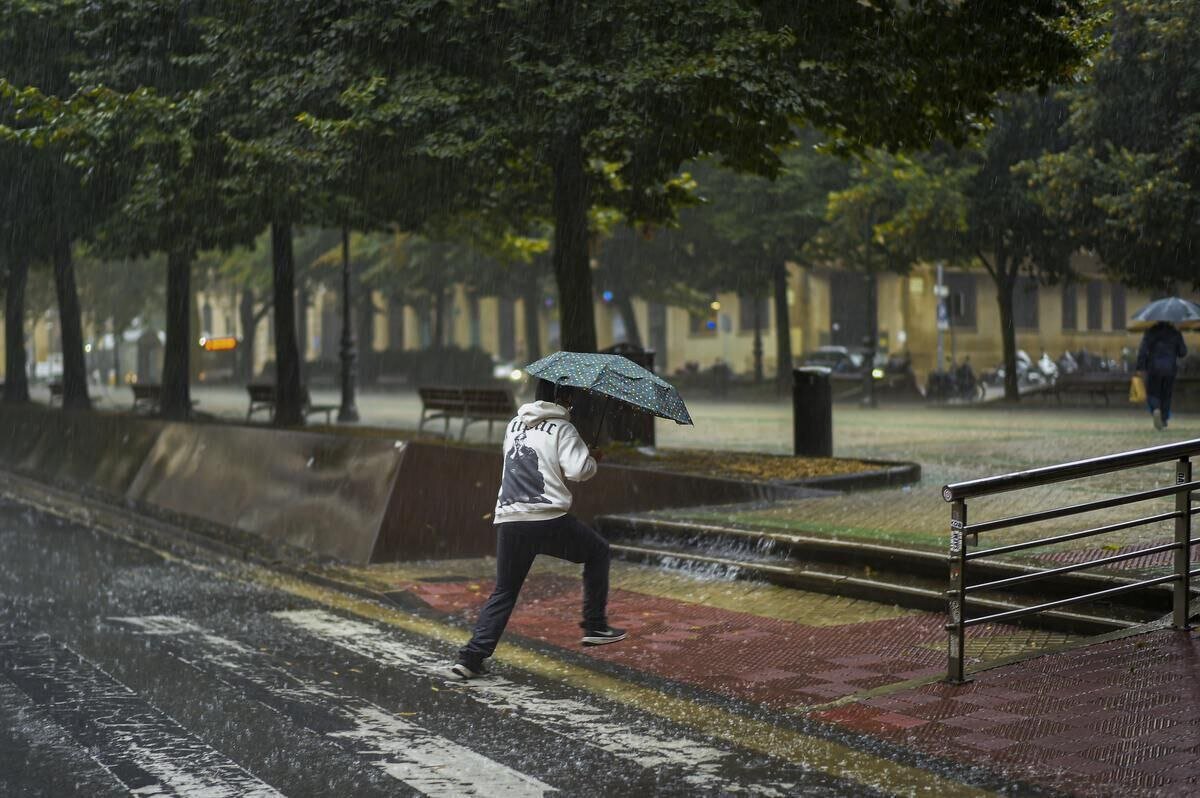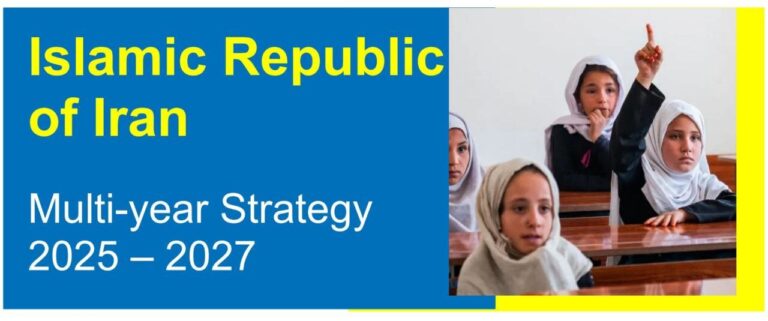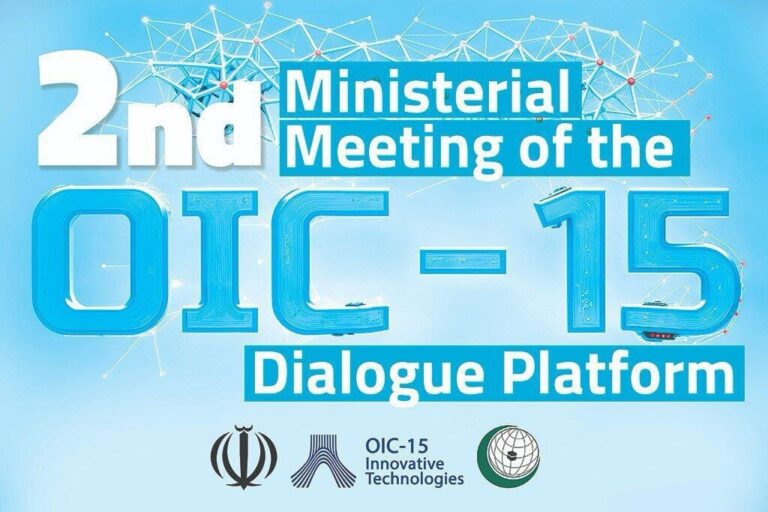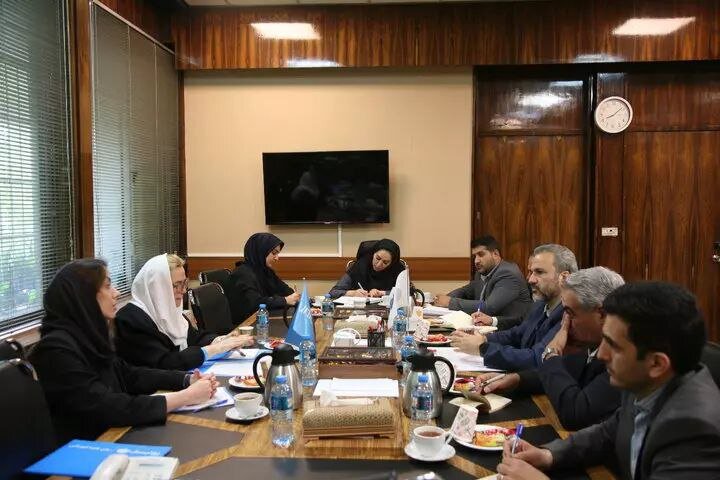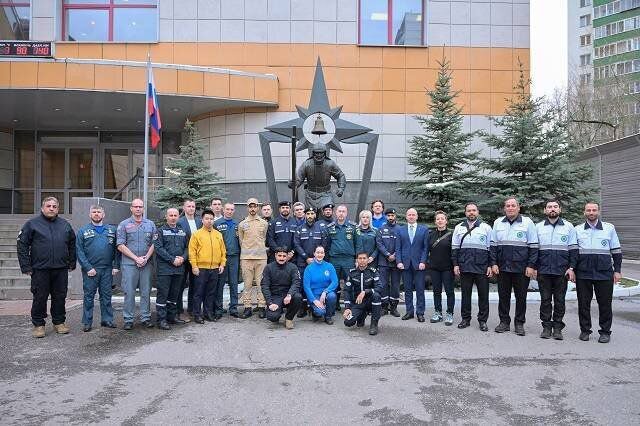Rainfall Plummets Over 50% Since Mid-September: What This Means for the Region
In recent months, Iran has experienced a significant decline in rainfall, raising concerns about water scarcity across the nation. According to the Meteorological Organization, from the beginning of the current water year on September 23, 2024, to January 30, only 50.5 mm of rainfall has been recorded, which is a remarkable 51.1 percent decrease from the long-term average of 103.2 mm.
The latest meteorological data reveals alarming trends in precipitation levels across the country:
- During the week ending January 30, Iran received just 3.6 mm of rain, marking a 51.7 percent drop compared to the long-term average of 7.5 mm.
- From January 20 to January 30, a total of 4.6 mm of rainfall was recorded, which is 61.3 percent less than the usual amount of 11.8 mm.
- For the winter season leading up to January 30, the total precipitation was only 16.6 mm, representing a 62.5 percent decrease from the normal figure of 44.2 mm.
Among all provinces, Mazandaran has bucked the trend, experiencing increased rainfall. The province recorded 306.5 mm of rain, which is slightly above its long-term average of 291.4 mm, showing a 5.2 mm increase.
In contrast, other provinces are facing severe deficits. For instance, Kohgiluyeh–Boyerahmad province has recorded a staggering 78.8 percent decrease in rainfall compared to normal levels. In the capital, Tehran, the situation is similarly dire with only 67.1 mm of rain recorded against a long-term average of 111.5 mm, indicating a 39.8 percent reduction.
Looking ahead, the Meteorological Organization has forecasted that from January 6 to February 18, the average precipitation is expected to remain normal or below normal, which could exacerbate the ongoing water crisis.
In the previous water year, spanning from September 22, 2023, to September 22, 2024, Iran received a total of 252.7 mm of rain, reflecting a 19 percent increase compared to the previous year. However, this increase has not been sufficient to alleviate the water shortages that many provinces are currently facing due to successive years of drought, as reported by IRNA.
Given the current situation, it is essential for authorities to develop effective water management strategies to cope with the declining rainfall and ensure sustainable water resources for the future. The following actions can be considered:
- Implementing efficient water conservation techniques: Encouraging households and industries to adopt water-saving practices can significantly impact overall water consumption.
- Investing in rainwater harvesting: Collecting and storing rainwater can provide an additional water source during dry periods.
- Enhancing irrigation efficiency: Modernizing agricultural practices to reduce water wastage can improve crop yields without additional water input.
- Conducting public awareness campaigns: Educating the public about the importance of water conservation can foster a culture of sustainability.
This ongoing decline in rainfall not only threatens agricultural output but also poses risks to drinking water supplies and the overall ecosystem. As Iran grapples with these challenges, a unified approach involving government, communities, and individuals will be crucial in mitigating the impacts of water scarcity.
In conclusion, while the recent data reflects a concerning trend of decreasing rainfall, proactive measures can help address the challenges posed by water scarcity in Iran. The focus should be on sustainable practices and effective resource management to ensure a resilient future amid changing climatic conditions.
